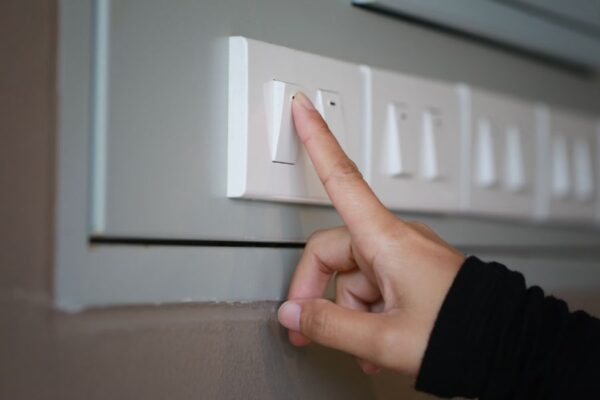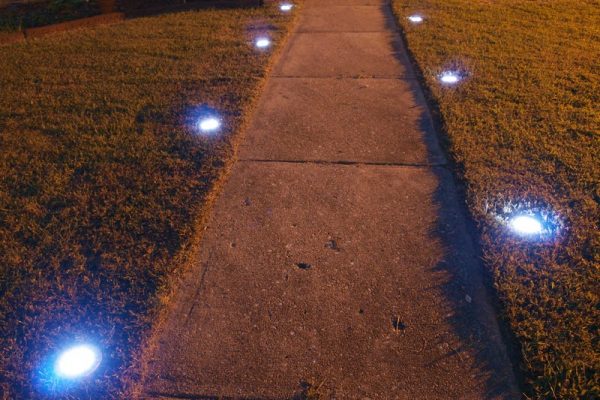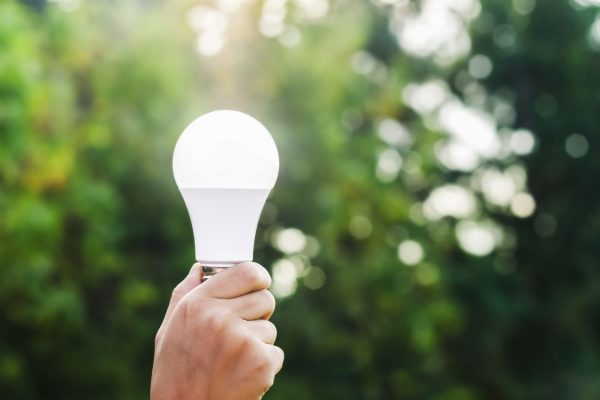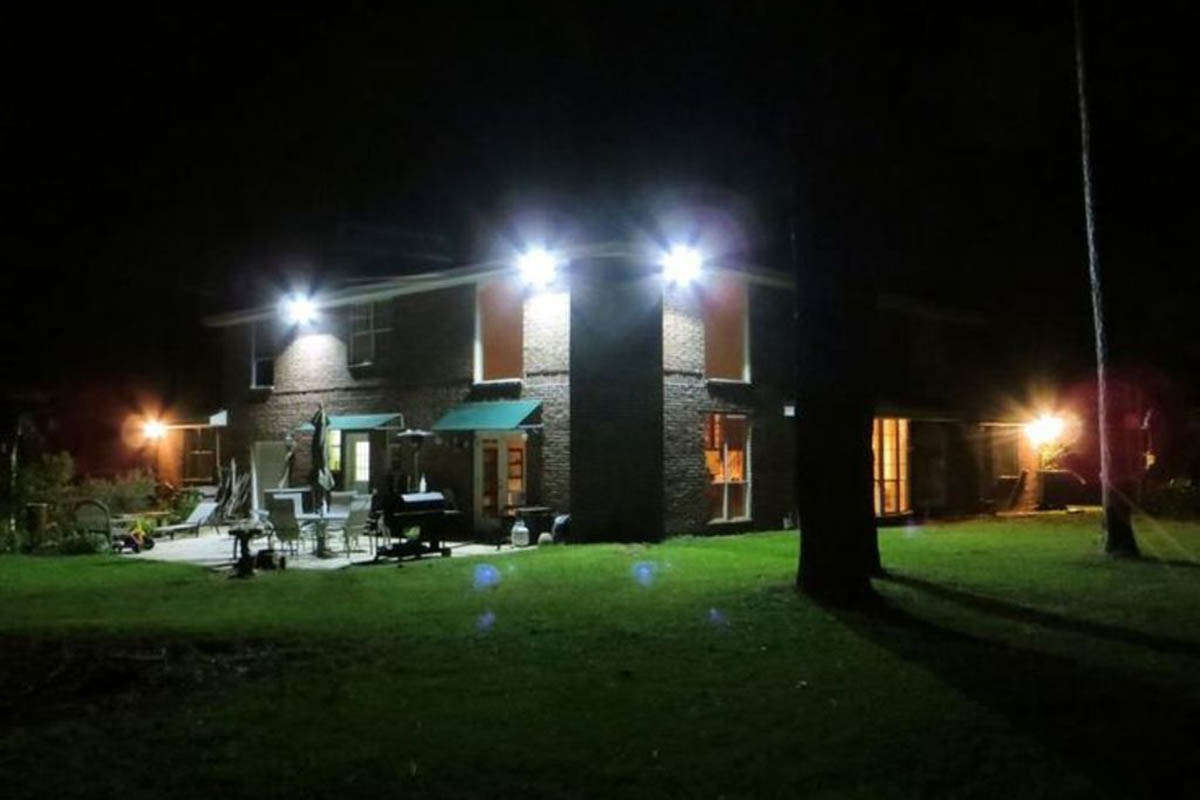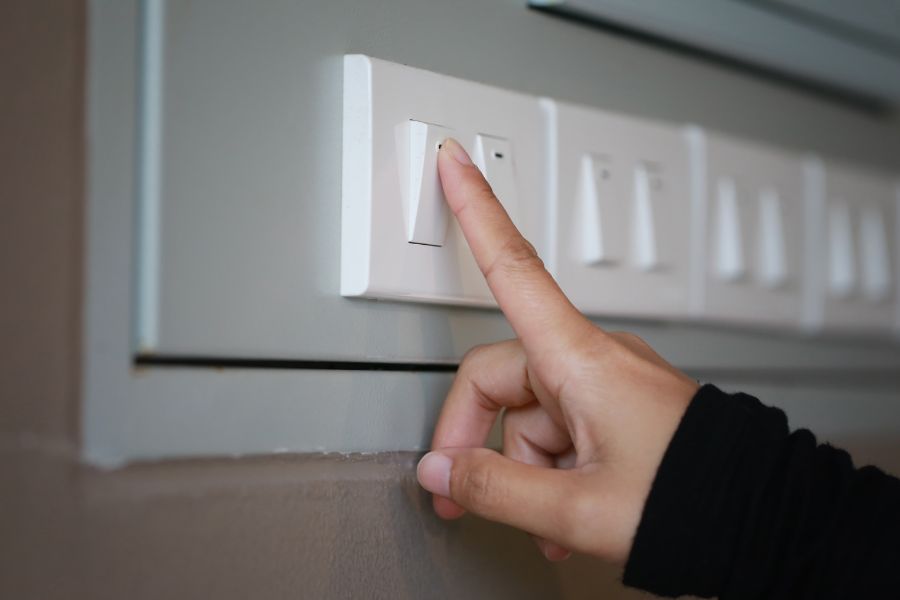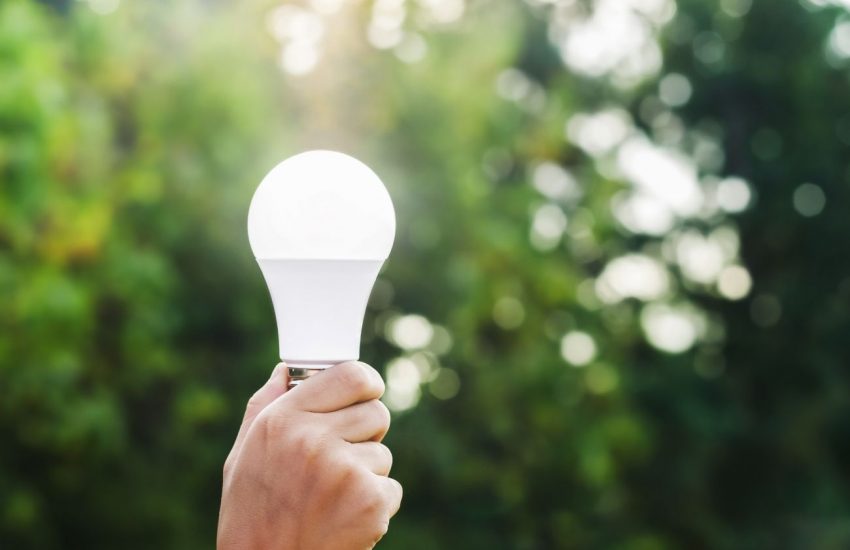How Many Kwh Does a House Use Per Day?
Electricity powers our daily lives, from lighting our homes to running our appliances and charging our gadgets. But have you ever stopped to wonder just how much electricity your house gobbles up in a day? Knowing your home’s energy consumption is a great way to manage those pesky utility bills. Plus, it’s a step towards a greener, more sustainable lifestyle.
In this article, we’ll delineate the factors that influence your daily kWh (kilowatt-hour) usage and share some practical tips on how to trim it down. If this interests you, keep scrolling.
What Makes Your Daily kWh Usage Tick?
Various factors come into play when determining your home’s daily kWh usage. While these factors differ from one household to another, here are the key influencers:
1. Household Size
Household size plays a vital role in your daily electricity consumption, directly affecting your average household electricity consumption. Having more people under one roof often increases energy usage, measured in kilowatt-hours. This is because larger families typically have more lights, appliances, and devices running simultaneously, driving up their energy bills.
Moreover, your climate also influences your energy expenditure, as extreme temperatures may necessitate additional hot or cold air for comfort. This further affects your household’s energy consumption. So, whether it’s the number of family members or the weather conditions, knowing these factors helps you manage your energy costs effectively.
2. Climate
Your location significantly influences your average kWh usage, impacting how much energy you consume. Extreme temperatures, bone-chilling winters, or scorching summers affect your average annual electricity consumption. In these conditions, the need to heat or cool your home becomes more frequent and intense, raising your electricity consumption.
However, it’s worth considering renewable energy sources to mitigate the effects of extreme climates on your energy bills. Harnessing solar or wind energy, for instance, offsets the increased energy demand during extreme temperatures. So, while climate affects your energy usage, renewable energy is more sustainable and cost-effective for managing your household’s electricity consumption.
3. Appliance Efficiency
The age and efficiency of your household appliances and devices directly affect your daily electricity consumption. This, in turn, impacts your average electricity usage. Older appliances often behave like energy hogs compared to their newer, more energy-efficient counterparts. Hence, swapping outdated appliances for those with the yellow Energy Star label slashes your average electricity consumption.
Furthermore, consider solar panels to go the extra mile in energy efficiency. Solar panels offset your average electricity usage and reduce reliance on conventional energy sources. Embracing these energy-efficient choices saves energy costs and contributes to a greener and more sustainable future.
4. Daily Habits and Lifestyle
Your daily routines and habits influence your electricity bills and your household’s average kilowatt-hours. Small actions like leaving lights on in unoccupied rooms, keeping gadgets perpetually plugged in, and frequently running the dishwasher and washing machine add to your daily kWh usage.
Being mindful of these everyday practices substantially affects your average home power usage. Turning off lights when you leave a room, unplugging charger devices when not in use, and running appliances only when full helps you lower your daily kWh usage. It also contributes to more sustainable and cost-effective living. In the long run, it’s not just about saving money; it’s about making more responsible choices for your wallet and the environment.

5. Time of Day
Utility companies often implement various pricing plans based on the time of day you consume electricity. Consequently, your energy usage and average kWh usage may hinge on timing. During peak hours, electricity rates tend to be higher. So, be mindful of when you use power-hungry appliances, as this simple adjustment translates into substantial savings.
Be strategic about scheduling energy-intensive activities during off-peak hours, and you’ll reduce energy consumption. This not only puts some extra cashback in your pocket but also promotes more responsible and efficient energy use. So, next time you reach for that washer or dishwasher button, consider whether it’s the right time of day to give your wallet a break.
The Average Daily kWh Usage
If you’re curious about the national average, in the United States, the typical household’s electricity consumption hovers around 877 kWh per month. That breaks down to roughly 29 kWh per day. Remember, though, this is just a ballpark figure. Your actual daily usage may vary considerably depending on your unique circumstances.
Crunching the Numbers for Your Home
If you want to get a precise idea of your daily kWh usage, follow these steps:
1. Check Your Electricity Bill
Your monthly electricity bill should be your first choice when assessing your energy usage. It typically provides detailed information about your total kWh usage. To determine your daily average energy usage, divide the total kWh used in a month by the number of days in your billing cycle. This straightforward calculation gives you insights into your daily energy consumption patterns, helping you make informed decisions about managing your energy more efficiently and potentially reducing your electricity costs. It’s a small but practical step towards a more sustainable and budget-conscious approach to your household’s energy needs.
2. Use a Home Energy Monitor
Consider using a home energy monitor for real-time insight into your energy usage. Certain utility companies provide these handy gadgets that offer instant data on your electricity consumption. With a home energy monitor, you can identify which appliances are the energy guzzlers in your home. This information empowers you to make informed choices about when and how you use these power-hungry devices. As a result, you can reduce your energy consumption and lower your utility bills. It’s a smart and practical tool for people seeking to control their energy usage and make more energy-efficient decisions.
3. Estimate Appliance Usage
If you want to gauge the energy consumption of specific appliances or devices, there’s a simple method at your disposal. Begin by checking the labels on these gadgets or search for their power ratings online. Next, multiply the power rating, typically measured in watts, by how many hours you use them daily. Finally, divide the result by 1000 to convert it into kilowatt-hours (kWh). This calculation gives you a rough estimate of how much energy these appliances consume daily. With this knowledge, you can make informed decisions about their usage.
4. Keep a Record
For those seeking precision for their daily kWh usage, consider keeping a diligent record of your electricity meter readings. Over a week or a month, consistently take readings simultaneously each day. Then, calculate the difference between each reading to determine your daily usage. This hands-on approach provides a highly accurate portrayal of your consumption patterns. It’s a proactive step towards a more sustainable and cost-conscious approach to your household’s energy needs.
Tips for Trimming Your Daily kWh Usage
Lowering your daily kWh usage isn’t just about saving money—it’s also about being more environmentally conscious. Here are some human-friendly tips to help you do just that:
1. Upgrade to Energy-Efficient Appliances
Swap out older, power-hungry appliances for newer, energy-efficient models. Look for the Energy Star label when shopping for replacements.
2. Unplug Devices
Make it a habit to unplug chargers, electronics, and appliances when you’re not using them. Many devices sip a small amount of power even when turned off, known as “phantom power” or “vampire power.”
3. Smart Thermostats
Consider installing a smart, programmable thermostat to regulate your heating and cooling systems more efficiently. Set it to adjust the temperature when you’re not home or sleeping.
4. Insulation and Sealing
Properly insulate your home and seal any drafts or air leaks. This maintains a comfortable temperature without straining your HVAC system.
5. LED Lighting
Replace energy-guzzling incandescent and CFL bulbs with energy-efficient LEDs. They not only use less energy but also last longer.
6. Cultivate Energy-Saving Habits
Encourage your family members to switch off lights when leaving a room, use cold water for laundry, and run the dishwasher only when it’s full.
7. Time Your Energy Use
If your utility offers time-of-use pricing, take advantage of off-peak hours. Shift energy-intensive activities to times when electricity rates are lower.
Conclusion
An insight into how many kWh your home consumes daily is like taking a peek behind the curtain of your energy use. It empowers you to manage your consumption better and positively impact your wallet and the environment.
Ensure you factor in household size, climate, appliance efficiency, and daily habits before taking steps to reduce your daily kWh usage. Embracing energy-saving practices and opting for energy-efficient appliances isn’t just financially savvy. It’s a small step toward a more sustainable future for all of us. Don’t forget that!
